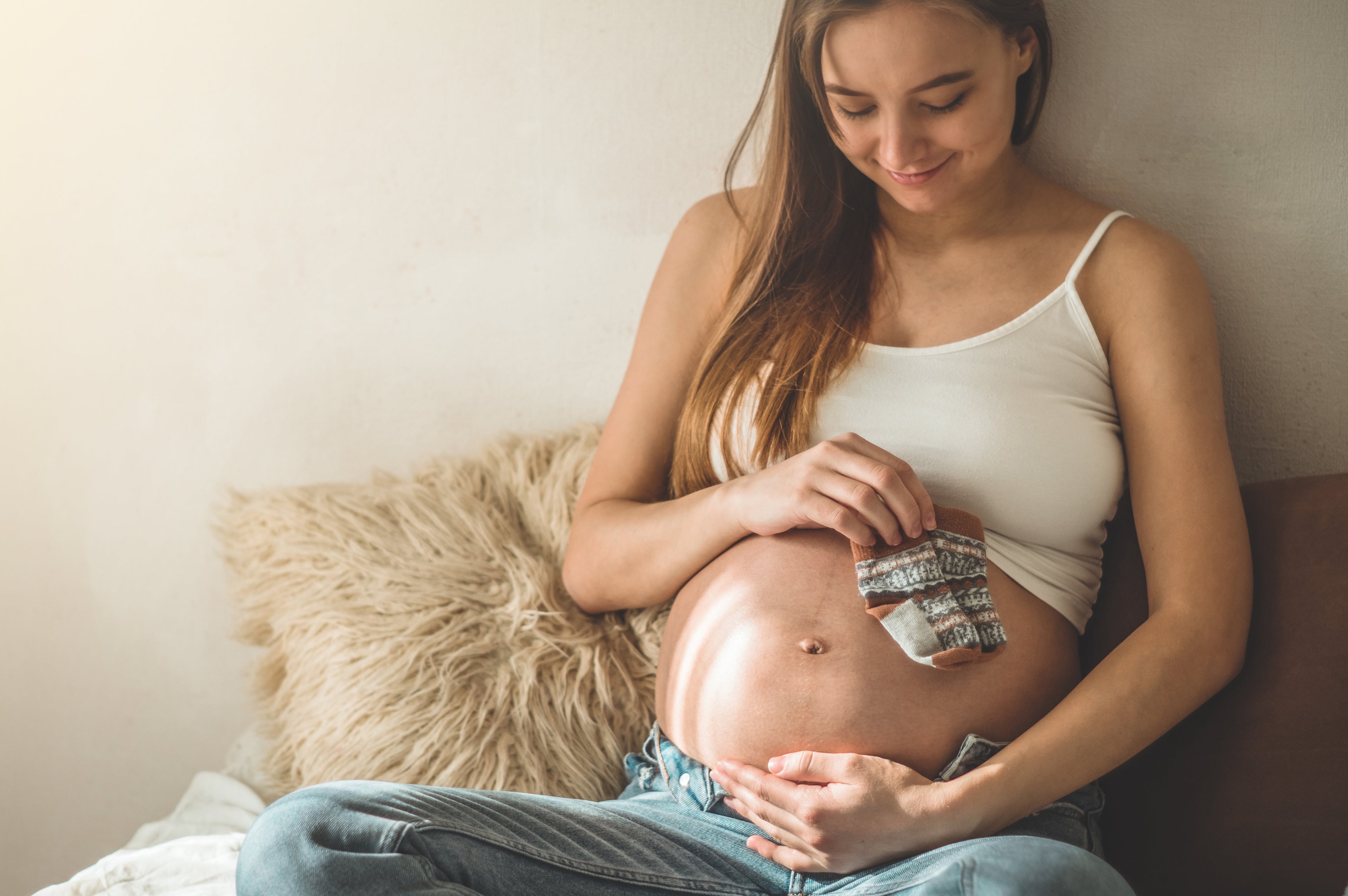
The Glossary
If you've ever wondered about some of the jargon used during pregnancy and birth, we're here to help! We've put together a list of common terms and words to assist you in understanding their meanings.
Collapsible content
Antenatal
Relating to the medical care given to pregnant women before birth.
Baby Blues
Mild depression and mood swings experienced by many women after giving birth. it is very normal to get Baby Blues after giving birth due to the fast change in hormones. If you suspect you have the baby blues, chat to your midwife
Birth Comb
The teeth of the comb applies
acupressure to points the hand that create a distraction and a new focal point
for the brain to concentrate on. It also plays a part in the gate control pain
theory, nerve endings in your hand send messages to the brain and distract it
away from the sensations of contractions.
Birth Plan
A document outlining your preferences for the labour and birth. This could include where you wish to birth, how you wish to birth EG, standing, laying, or in water. It can also outline what medications or interventions you wish to have or avoid if possible
Braxton Hicks Contractions
Irregular, usually painless contractions that occur during pregnancy. Braxton Hicks are sometimes called 'false' or 'practice' contractions. They're a normal part of pregnancy that can come and go
Caesarean Section (C-Section)
Surgical delivery of baby, from the mother.
Colostrum
The first form of milk produced immediately following delivery. Or if the mother is able colostrum can also be obtained in the last week weeks of pregnancy and is taken to the birthing location for baby.
Contractions
Contractions are when
the muscles of your uterus get tight and then relax. Contractions help push your baby out of your uterus. Your cervix is
the opening to the uterus that sits at the top of the vagina. Labor contractions usually cause discomfort or a dull ache in your back
and lower abdomen, along with pressure in the pelvis. Contractions move in a
wave-like motion from the top of the uterus to the bottom. Some women describe
contractions as strong menstrual cramps.
EDD (Estimated Due Date)
The expected date for the baby's birth.
Epidural
A type of anaesthetic used during labour to reduce pain, it can only be given in a hospital setting by an anaesthetist and allows a Cesarean Section to take place if required. An Epidural numbs you from approximately the belly button down.
Fetal Movements/Kicks
Movements felt by the mother from the developing baby.
Gestation
The period of development in the womb from conception to birth.
Induction of Labour (IOL)
Medical induction of labour before it begins naturally. This is done in a hospital setting. There are many forms of induction.
Lactation Consultant
A specialist who provides advice and support for breastfeeding.
Meconium
Meconium is a newborn's first poo. It's a sticky, thick, dark green/black poo that is made up of cells, protein, fats, and intestinal secretions, like bile. Babies typically pass meconium in the first few hours and days after birth.
Midwife
An amazing human who is professionally trained to provided care and support to women during pregnancy, labour, and postnatal period.
Mucus Plug
A collection of mucus that forms in thecervical canalin early pregnancy. It prevents bacteria or infection from entering your uterus and reaching your baby. As your cervix prepares for labor, you will lose the mucus plug.
The mucus plug is a gel-like, reddish or brownish, sticky blob. Sometimes, it is referred to as a "bloody show" or "having a show." You might notice the mucus plug during labor or during your pregnancy.
NICU (Neonatal Intensive Care Unit)
A hospital unit specialising in the care of unwell or premature newborn infants.
Pain Gate Theory
The Gate Control Theory of Pain is a
mechanism, in the spinal cord, in which pain signals can be sent up to the
brain to be processed to accentuate the possible perceived pain, or attenuate
it at the spinal cord itself. The 'gate' is the mechanism where pain signals
can be let through or restricted.
Perinatal
Perinatal is the period of time when you become pregnant and up to a year after giving birth. You might also have heard of the following terms: Antenatal or pre-natal meaning 'before birth
Placenta
The placenta is an organ that develops in the uterus during pregnancy. This structure provides oxygen and nutrients to a growing baby. It also removes waste products from the baby's blood. The placenta attaches to the wall of the uterus, and the baby's umbilical cord arises from it.
PND (Postnatal Depression)
A more severe form of depression occurring after childbirth. Please reach out to your midwife or GP.
Postnatal
Relating to the period after childbirth.
Trial TENS Pads
Trial TENS pads are useful if you wish to try the TENS prior to labour. You can place them on your arm or leg for this purpose.
*It's not recommended to place TENS pads on your back until you are in labour
Trimester
The three divisions of pregnancy, each lasting around three months.
SCBU (Special Care Birth Unit)
This is for babies who do not need intensive
care. Often, this will be for babies born after 32 weeks' gestation. Care can
include: Monitoring their breathing or heart rate.
TENS (Transcutaneous Electrical Nerve Stimulation)
A pain relief method using a low-voltage electric current, often used during labour, as a form of Drug free pain relief
